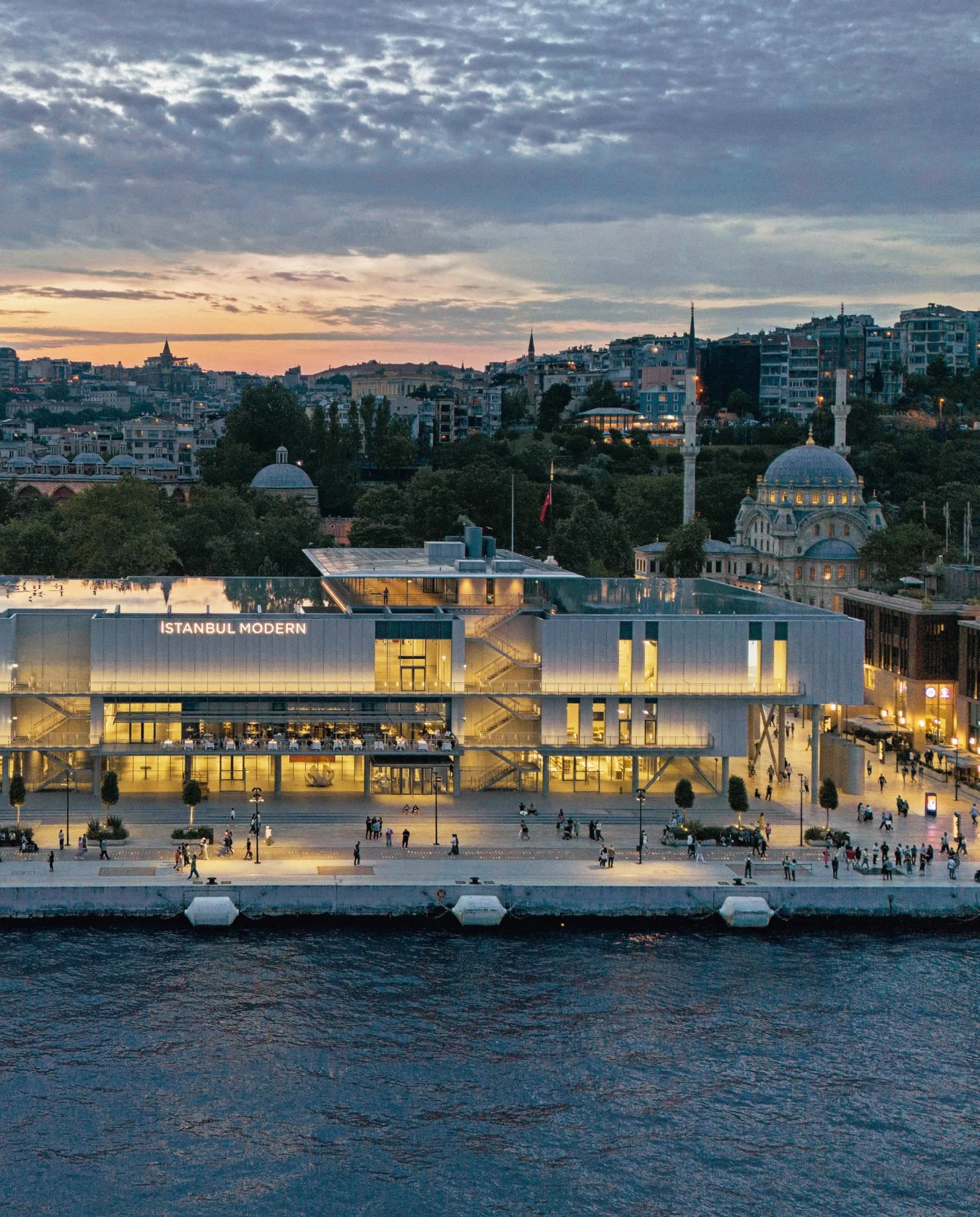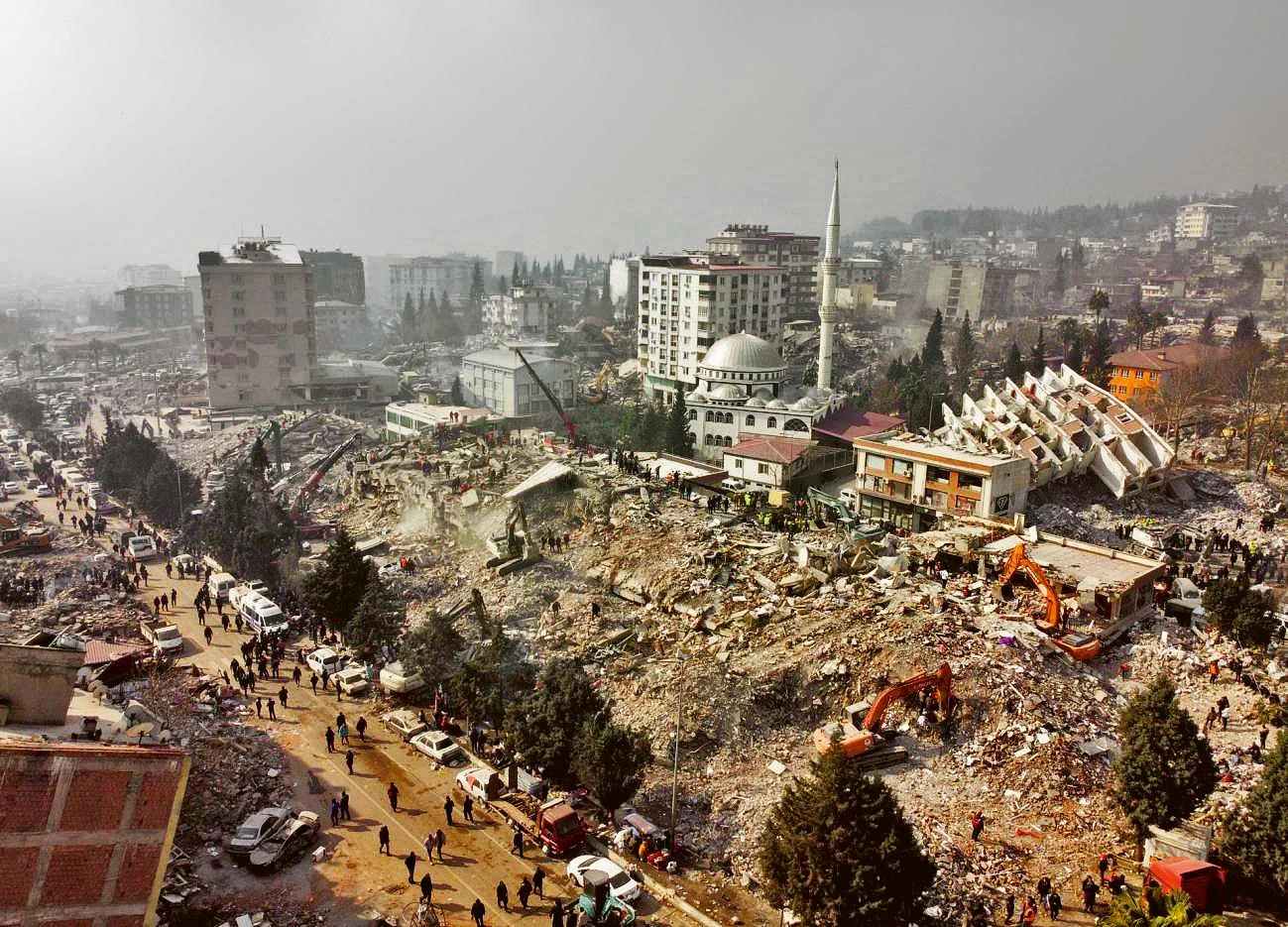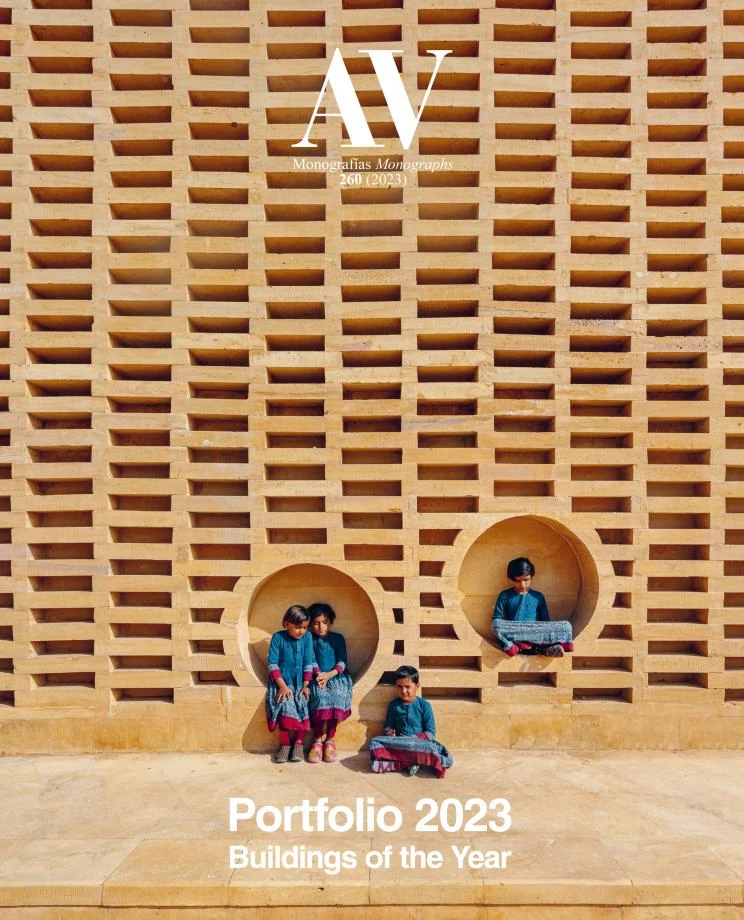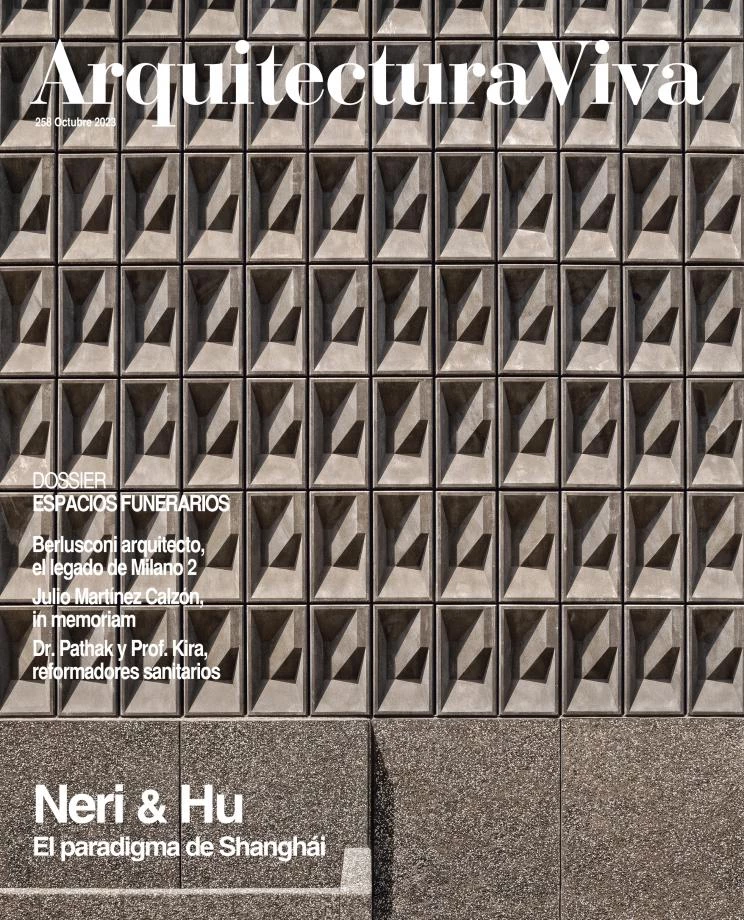
Renzo Piano Building Workshop, Istanbul Museum of Modern Art
The Republic of Turkey celebrates its centenary on 29 October 2023. Founded by Mustafa Kemal Atatürk on the ruins of the Ottoman Empire, and led for the past two decades by Recep Tayyip Erdogan, the country in February suffered earthquakes that left over 50,000 victims, but neither the disaster – perhaps worsened by the building amnesty of 2019 – nor the economic crisis prevented the reelection in May of a charismatic and authoritarian president. The new Istanbul Modern opened shortly after the election, with a design by Renzo Piano for a museum founded in 2004 as the first of modern and contemporary art in the country, and the work is an eloquent manifesto of social and cultural modernity. Though the re-Islamization of Anatolia with a thousand new mosques paid with Saudi money and the weakened independence of institutions cast shadows over the course of Turkey, the secular energy of vibrant cities like Istanbul or Ankara shows a modern élan that does not contradict the decision to adopt the name ‘Türkiye’ to avoid misunderstandings.
A key geopolitical actor, NATO member, and at the same time strategic partner of Russia (which supplies almost half of the gas it consumes, and has built and financed the first Turkish nuclear plant), the country plays a key role in regional conflicts like the one of Cyprus with Greece or that of Syria, which has led it to shelter almost four million displaced persons; in negotiations such as Sweden’s NATO membership, which it has allowed after closing with the US the sale of F-16 fighter jets, and after Brussels’ commitment to reconsider its improbable entry into the EU; and in agreements like the one reached for the export of Ukrainian grain, now again under threat with tragic consequences for most of Africa and the Middle East. A democracy with high participation in elections and many restrictions in political freedom, concerned about security or immigration, and as proud of its past as ambitious for its future, both conservative and modern, Turkey is a power whose strong national identity challenges Europeans.
Piano’s building – which occupies the original site of the museum, an old warehouse on the waterfront where the Bosphorous and the Golden Horn meet, and is promoted by an influential local family – is both a symbol of progress and an example of the strength of private initiative, in this like the Niarchos Foundation in Athens, opened in 2016 by the same architect, who then measured himself with Ictinus and Callicrates, and now does so with Mimar Sinan, who built so much for Suleiman the Magnificent. Levitating its volume to link the park and the medieval Karaköy quarter with the sea, the Istanbul Modern building unfurls in levels joined by a monumental staircase and several steel footbridges that lend it an industrial air, and is crowned by a lookout terrace over the rooftop shallow water plane. With a structure designed by Arup to avoid any seismic risk, the elegant and sober construction of the Genoese is the best celebration of the centenary of the Republic, and perhaps the best icon of Turkish modernity.

Earthquake in the city of Kahramanmaras © EFE







